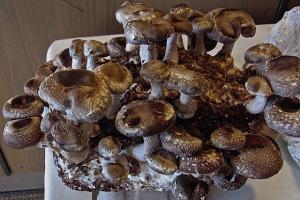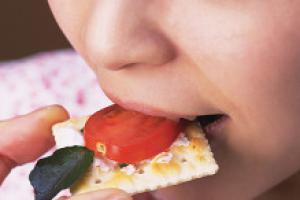What You Eat Can Reprogram Your Genes – An Expert Explains the Emerging Science of Nutrigenomics
The Conversation
 Scientists who cracked quinoa's gene code say it could solve the world's looming food shortage. Quinoa has never been fully domesticated or bred to its full potential even though it provides a more balanced source of nutrients for humans than cereals. Researchers say that quinoa could provide a healthy, nutritious food source for the world using land and water that currently cannot be used, and the new genome makes it one step closer to that goal.
Scientists who cracked quinoa's gene code say it could solve the world's looming food shortage. Quinoa has never been fully domesticated or bred to its full potential even though it provides a more balanced source of nutrients for humans than cereals. Researchers say that quinoa could provide a healthy, nutritious food source for the world using land and water that currently cannot be used, and the new genome makes it one step closer to that goal.
 The food industry has been recently delving into "medical foods," and foods that are formulated to meet the specific needs of patients.The opportunities in the medical foods segment are growing; the market is estimated to be worth $15 billion, according to The Wall Street In a statement, the FDA emphasized medical foods are for patients that cannot properly ingest, digest, absorb, or metabolize regular food or nutrients.
The food industry has been recently delving into "medical foods," and foods that are formulated to meet the specific needs of patients.The opportunities in the medical foods segment are growing; the market is estimated to be worth $15 billion, according to The Wall Street In a statement, the FDA emphasized medical foods are for patients that cannot properly ingest, digest, absorb, or metabolize regular food or nutrients.
 Consumers gravitate to favorite mouthfeel behaviors, whether it involves chewing, crunching, "smooshing" or sucking. The Understanding & Insight Group (U&I) has found a previously unrevealed, unexpressed need that drives texture preferences: mouth behavior. The truth is that individuals have a preferred way to manipulate food in their mouths (mouth behavior) and this BEHAVIOR determines the food textures they will prefer.
Consumers gravitate to favorite mouthfeel behaviors, whether it involves chewing, crunching, "smooshing" or sucking. The Understanding & Insight Group (U&I) has found a previously unrevealed, unexpressed need that drives texture preferences: mouth behavior. The truth is that individuals have a preferred way to manipulate food in their mouths (mouth behavior) and this BEHAVIOR determines the food textures they will prefer.
Spread the word